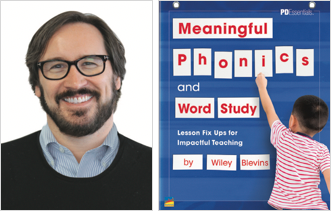- Benchmark Education
- Newmark Learning
- Reycraft Books
- Create an Account
About the Science
of Reading
Defining the Science of Reading
The science of reading is a vast, interdisciplinary body of scientifically-based research about reading and issues related to reading and writing.
This research has been conducted over the last five decades across the world, and it is derived from thousands of studies conducted in multiple languages. The science of reading has culminated in a preponderance of evidence to inform how proficient reading and writing develop; why some have difficulty; and how we can most effectively assess and teach and, therefore, improve student outcomes through prevention of and intervention for reading difficulties.
source: The Reading League
Evidence-Based Reading Instruction
Interdisciplinary insights into the process of reading have been uniform in their findings—both on learning to read and on teaching reading. The persuasive body of evidence that constitutes the “science of reading” documents the skills and capabilities needed to develop a “reading brain.” Neural connections must be made in the phonological assembly region of the brain to enable reading, and these connections must be built through informed instruction.
Explore Systematic Phonics Resources Aligned to Science of Reading Research
BEC Decodable Readers
Print + Digital • Grades K-1
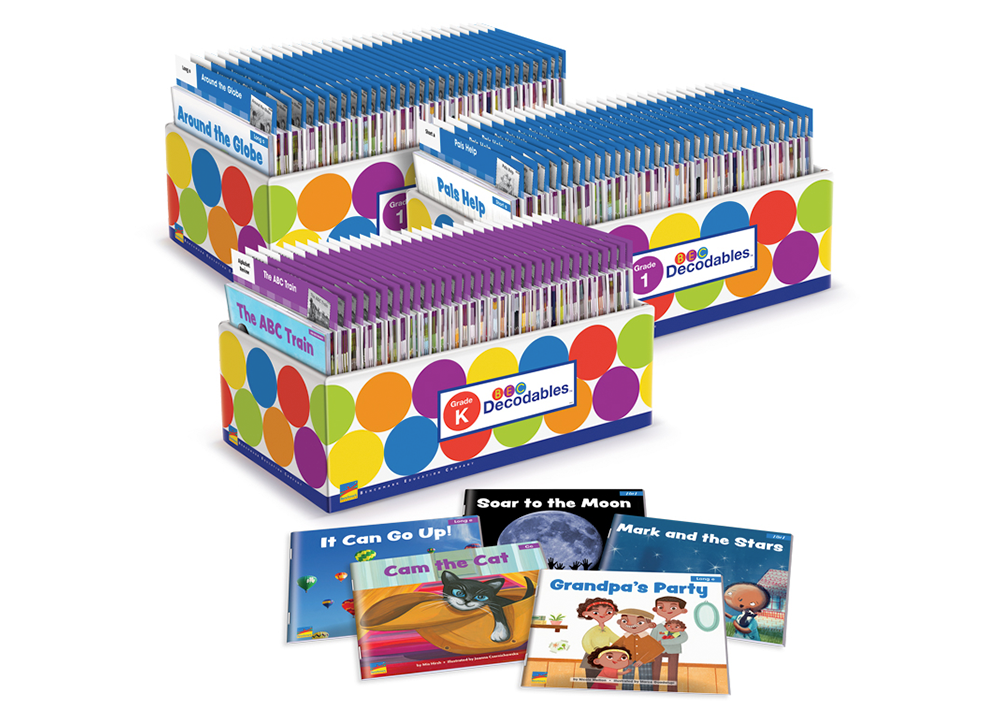
BEC Decodable Readers offer authentic practice with phonics skills and sight words through fiction and nonfiction titles on high-interest topics with familiar storylines. Digital and print formats fit any instructional model or budget.
Decodable Fluency Builders
Print + Digital • Grades K-1
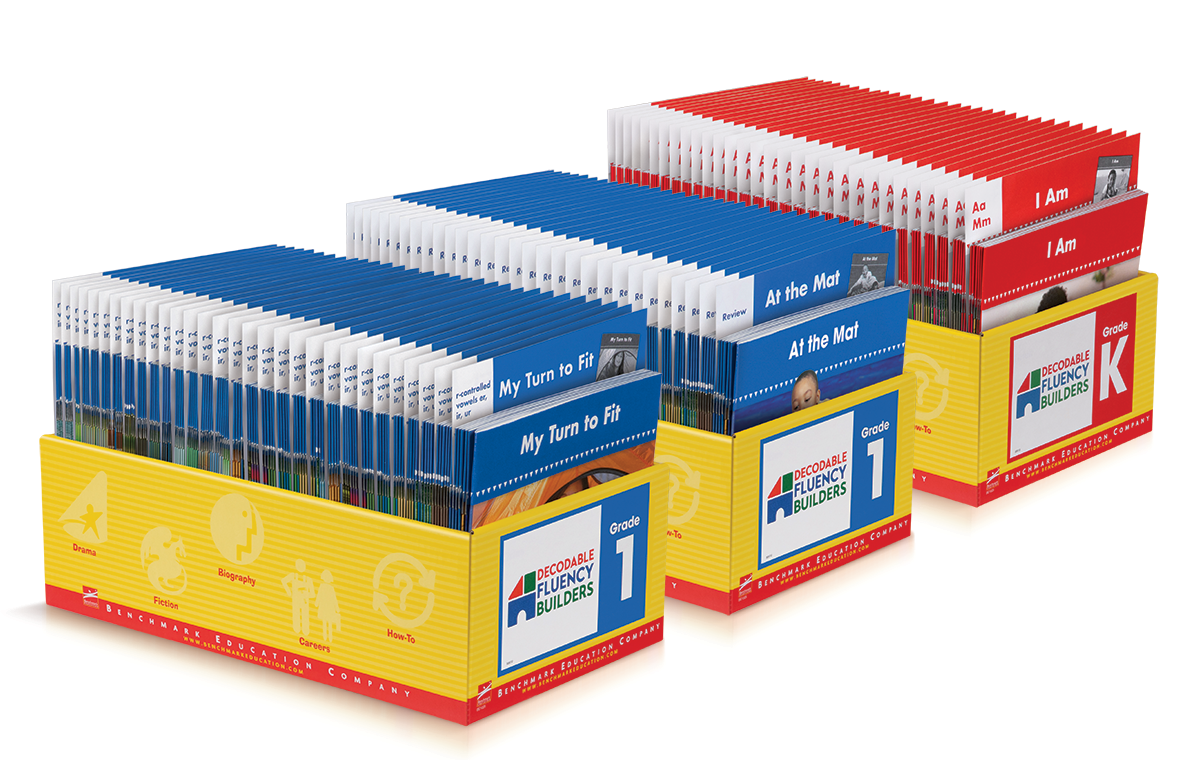
Support and assist fluency development with authentic decoding experiences—high-quality phonics readers and Teacher Cards that include differentiation scaffolds and lesson plans, making direct connections to the skills students are learning in their reading blocks and providing crucial practice.
Dynamite Decodables
Print + Digital • Grades K-2+
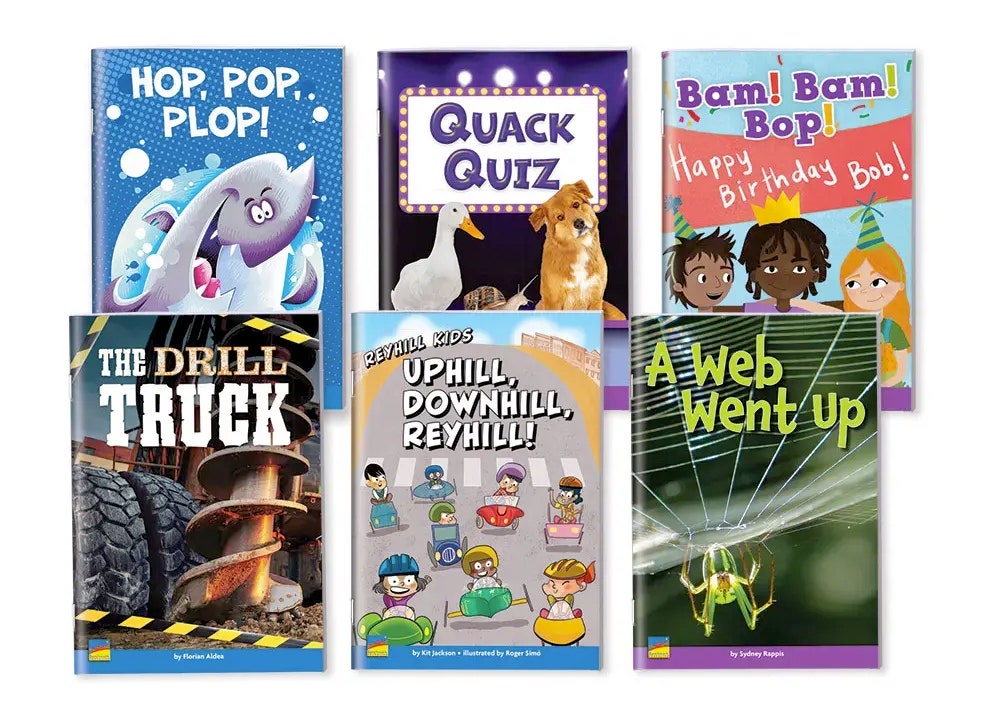
Engage students with 100 new decodable stories your students can’t put down! Raising the standard for quality literacy in a world full of basic decodable readers, Dynamite Decodables’ uniquely elevated approach to decodable practice builds a love of good stories in addition to phonics and fluency.
Grade 2 Decodable Passages
Print + Digital • Grade 2
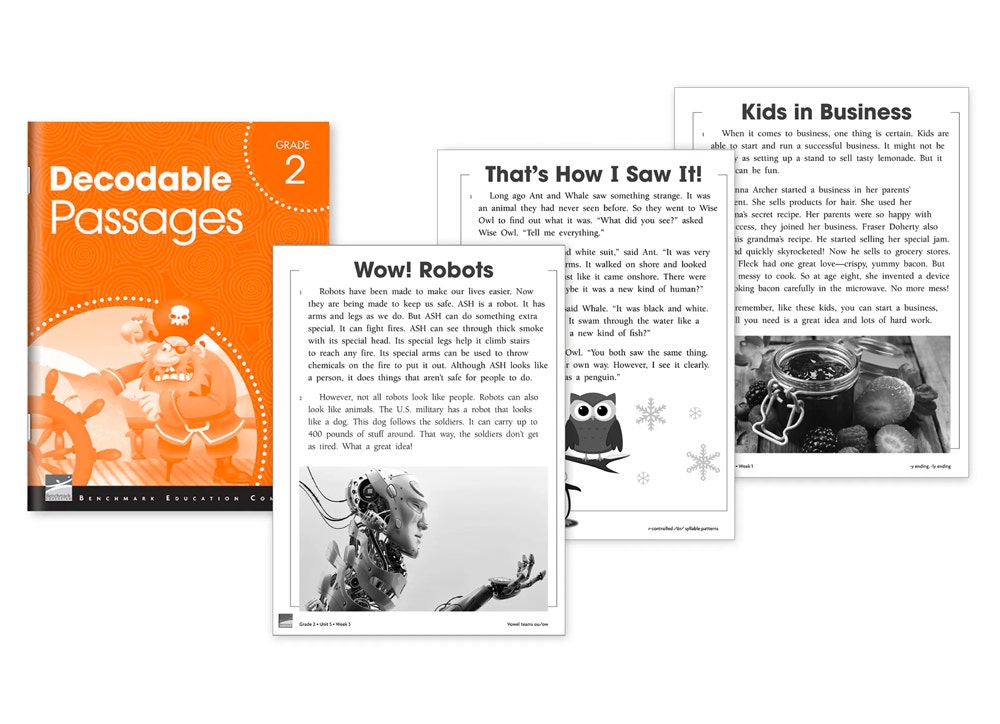
Build automaticity with decodable reading practice. Sixty decodable passages for phonics and foundational skills applications are delivered in a consumable format, allowing student annotations as they practice decoding—aligned to 10 knowledge-building topics to build language comprehension.
Benchmark Phonics
Print + Digital • Grades K-5
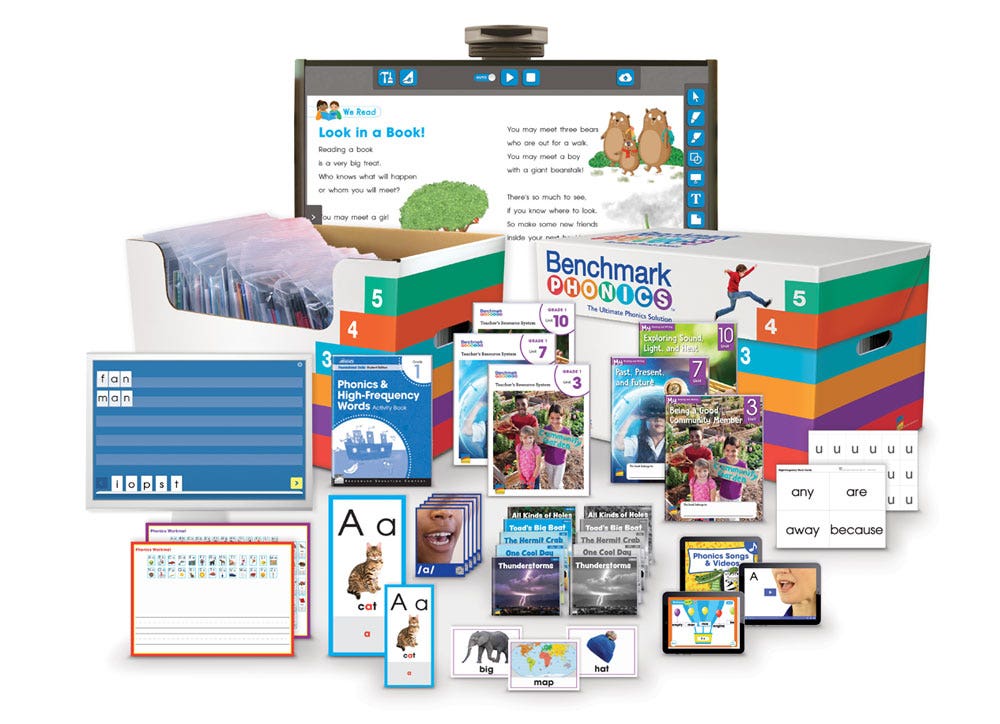
Explicit, systematic, multi-modal instruction designed for Tier 1 and Tier 2 instruction is based on the latest Science of Reading research. Unit topics are designed to build vocabulary and content knowledge, with application to reading and writing emphasized.
Benchmark Phonics Intervention
Print + Digital • Grades K-5
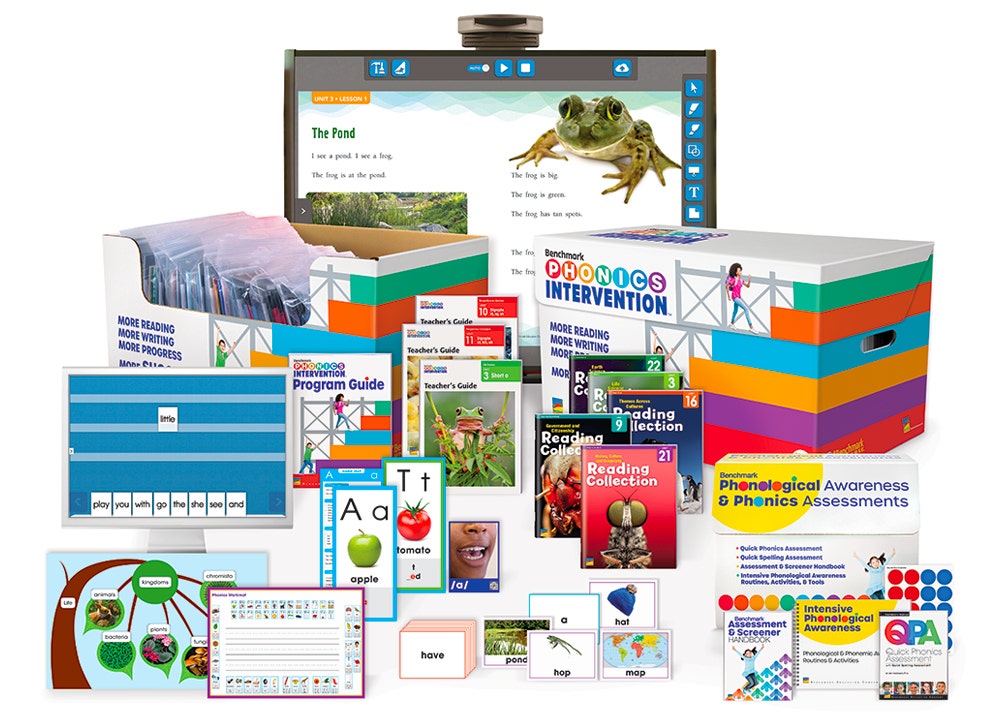
This comprehensive phonics program, designed for Tier 3 intervention, is ideal for students performing two or more years below grade-level expectations. Based on the latest reading research, it aligns to the tenets of Structured Literacy, with sequential and multi-modal instruction and spiraled review and repetition.
Sound-Spelling Transfer Kit
Print + Digital • Grades K-2
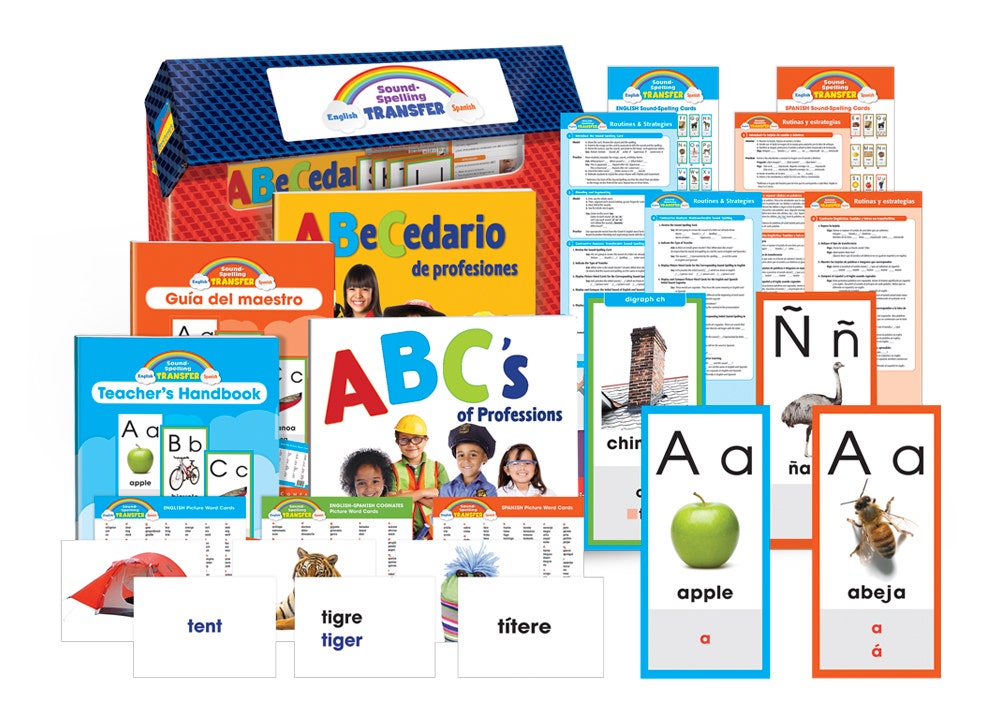
Develop foundational skills and vocabulary for transfer between Spanish and English with this comprehensive program combining explicit instruction with engaging learning activities. Build on native language understanding and teach application to a new language—maximizing transfer, language acquisition, and biliteracy.
StartUp BuildUp SpiralUp Phonics
Print + Digital • Grades K-2+
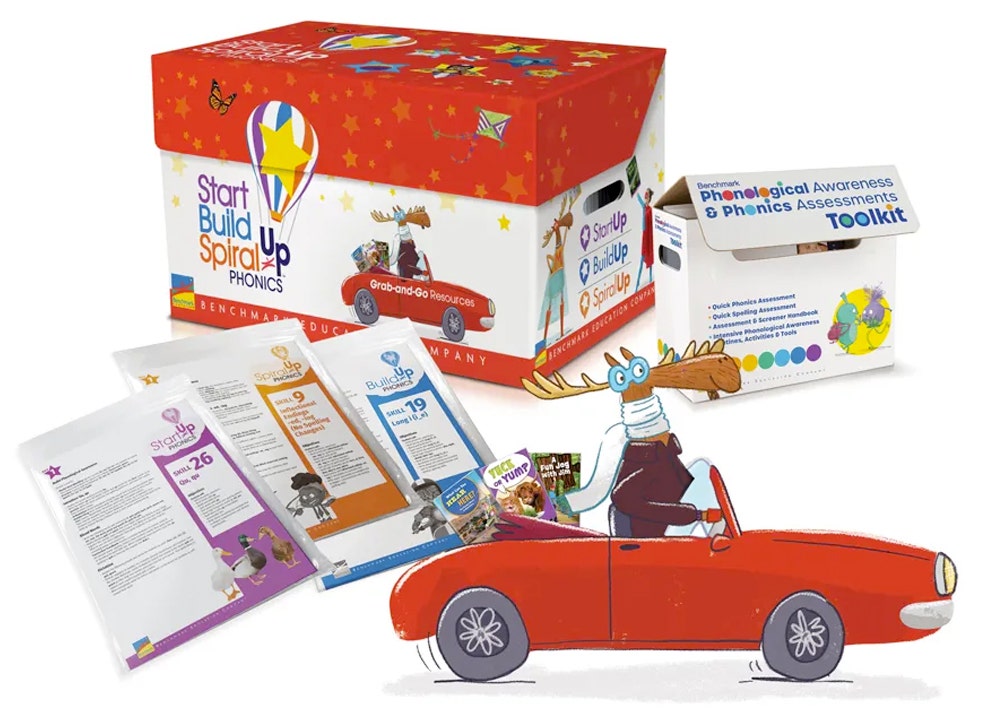
Everything you need to build students’ phonics skills—one bag at a time! Each Phonics Skill Bag provides all the materials needed to teach students an individual targeted skill over a five-day cycle: 158 ready-to-use, teacher-friendly, skill-specific units that include decodables, picture word card sheets, frieze cards, poetry posters, and more—research-based and proven effective in building a strong foundation in phonemic awareness, phonics, and word study
Theoretical Models
Theoretical models have provided a visual for this process. The Simple View of Reading explained that reading comprehension is a product of decoding and language comprehension, while Hollis Scarborough’s Reading Rope points out how the two work together—with word recognition becoming increasingly automatic (fluent) as language comprehension becomes increasingly strategic.
In viewing these models, it is critical to recognize that decoding without deep levels of language comprehension is insufficient to develop skilled reading. And deep levels of language comprehension without decoding will not result in skilled reading either. Readers need proficiency in both, thus these essential elements must be taught and developed as children learn this life-changing skill.
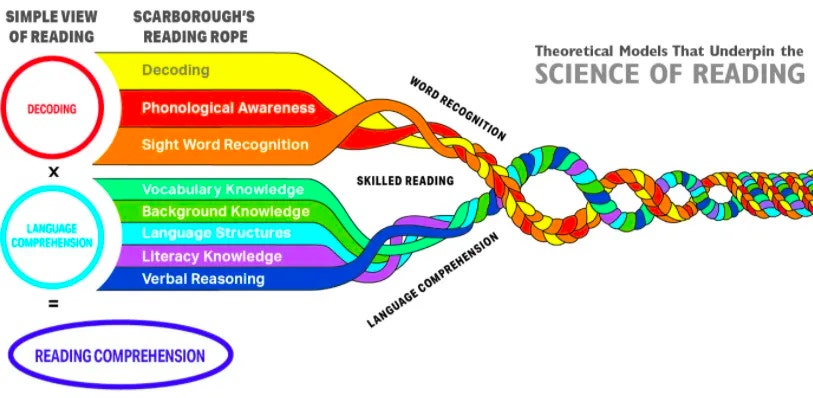

Note: McKenna and Stahl (2009) have developed a Modified Cognitive Model of the Reading Rope that adds the Strategic Knowledge that readers use (e.g., general and specific purposes for reading, knowledge of reading strategies) to further understand how readers comprehend text.
Curriculum Evaluation
Just as brain imaging studies have been consistent in their depiction of the neural connections necessary for fluent reading, there is consensus on what must happen instructionally to wire the brain for the ability to read. In order to determine how well your program and resources reflect Science of Reading guidance, consult our Science of Reading Evaluation Checklist, developed by author and early reading expert Wiley Blevins.
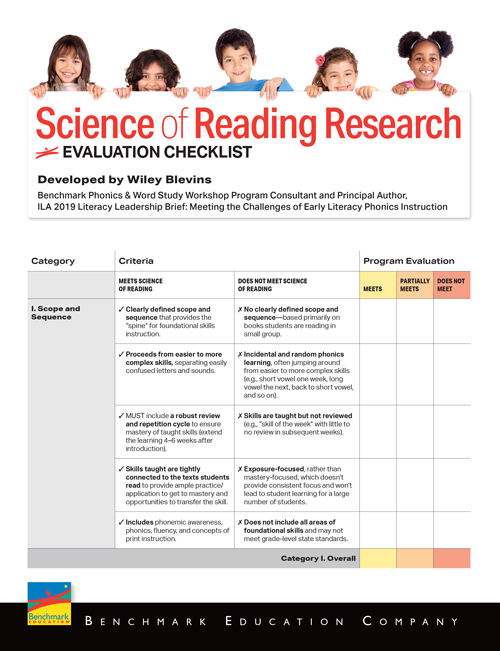

More Resources That Support Evidence-Based Reading Instruction
Vocabulary & Content Knowledge
Readers rely on their knowledge of the meanings of specific words (vocabulary) in a text and their background content knowledge related to the topic of that text. These skills intertwine with decoding as the student tackles and accesses this new text.
Culturally Relevant Trade Books & Read-Alouds
As students build their decoding skills, equal time must be dedicated to flooding them with vocabulary and developing their content knowledge through rich read-alouds with interactive conversations. These efforts plant the seeds of comprehension.
→ Trade Book Read-Alouds: Linda Hoyt Collections
→ Trade Book Read-Alouds: Yanitzia Canetti Collections

